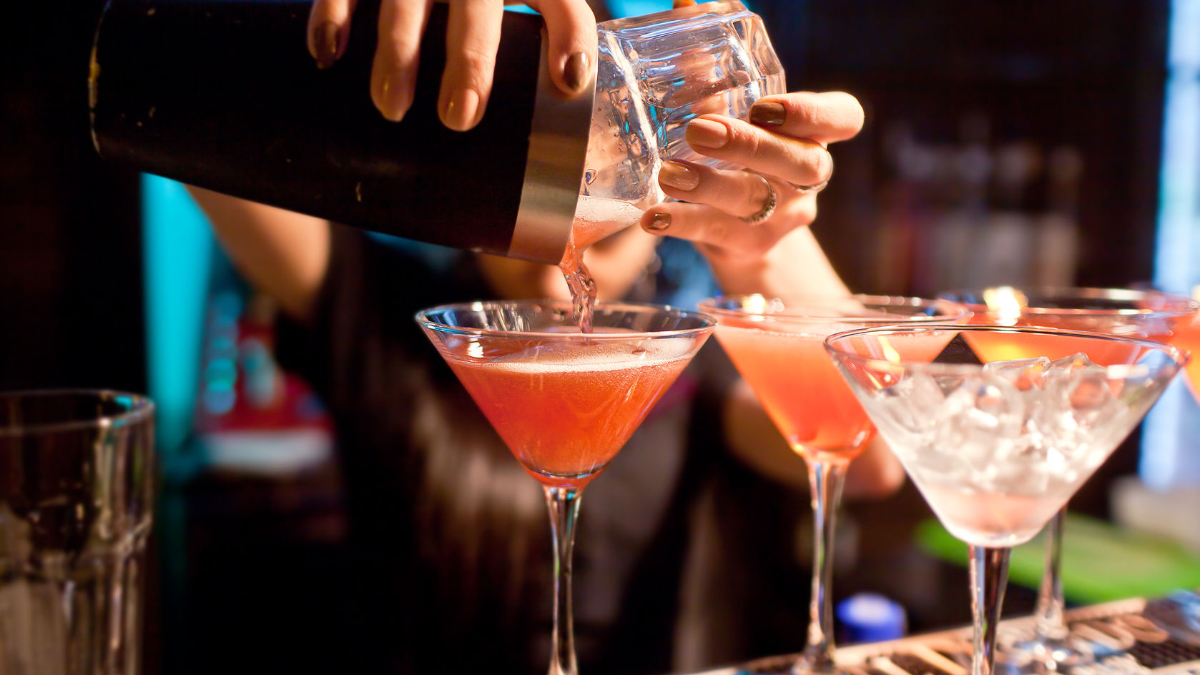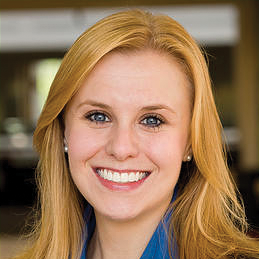Policies that prohibit college students from drinking alcohol are lethal.
Binge drinking, which produces a blood-alcohol concentration to more than 0.08 percent, is popular among American college students, even though few of them are old enough legally to imbibe. Underage drinkers constitute an estimated 11 percent to 20 percent of the market for alcohol. Many students’ social-media accounts are filled with keg-stand selfies and Instagram photos of friends chugging bottles of cheap vodka.
According to the National Council on Alcoholism and Drug Dependence, four out of five college students drink. Almost two out of every three engaged in binge drinking. Some experts report that as much as 90 percent of the alcohol consumed by young people is consumed while binge drinking. As a result, nearly 700,000 students between 18 and 24 are assaulted each year by other students who have drunk alcohol. Some 97,000 sexual assaults among college students are attributed to drinking each year. About one in four college students report adverse academic outcomes as a result of their drinking, from missing classes to failing courses. Perhaps most tragically, more than 1,800 college students die every year of alcohol-related injuries, including car crashes.
These trends are nearly unique to the United States. While Europeans consume more alcohol overall than their American counterparts, they have lower rates of binge drinking. Some explain this by cultural differences, but economics suggests a different culprit—bad policy. Indeed, binge drinking among college students is a classic example of unintended consequences.
The legal drinking age in the United States is 21. However, this was not the case until 1984, when the National Minimum Drinking Age Act required the 50 states to raise their drinking age to 21 or lose 10 percent of their federal highway money. While this was expected to prevent dangerous behavior, it actually has made young Americans more likely to binge-drink.
Economists would call college students’ demand for alcohol “inelastic,” which means that even if it becomes more expensive or harder to find, students are unlikely to change their behavior very much.
Prohibiting young people from consuming alcohol doesn’t stop them from drinking. But it does make drinking much less safe. Instead of drinking at a bar, for example, students drink secretly in dorm rooms or at clandestine parties, where they are much less likely to be supervised and where drinks spiked with drugs are much more likely. If someone overindulges or becomes ill, their friends are less likely to seek medical and other assistance. Why? Because underage drinking is illegal, and calls for help risk self-incrimination.
Moreover, banning the sale of alcohol to people under 21 is certain to encourage binge drinking. As already noted, college students’ demand for alcohol doesn’t really change when it becomes more costly. However, what does change is its supply: it becomes less reliable. Since most college students are unable to buy their own alcohol, they have friends, family members, or even strangers buy it for them. But these people are not always available. This lack of a reliable supply makes young drinkers are more likely to overindulge when alcohol is available.
Lowering the drinking age would help mitigate or reverse these effects. With a reliable supply, young drinkers would have less incentive to binge. And when binging did occur, they would be more likely to seek help.
Besides being ineffective, the drinking laws are incredibly costly. In 2005 the consequences of the underage drinking (missed work, healthcare costs, etc.) spurred by current policy cost taxpayers $60.3 billion. The U.S. government also spends millions of dollars every year enforcing these ineffective policies. For example, researchers in Oregon found that the state spends $33 million a year to enforce its laws against underage drinking. If the drinking age were lowered, this money could go other programs, like treatment for alcohol problems and education.
Current policies do more harm than good. If we really want to make college campuses safer, it’s time to lower the drinking age.









